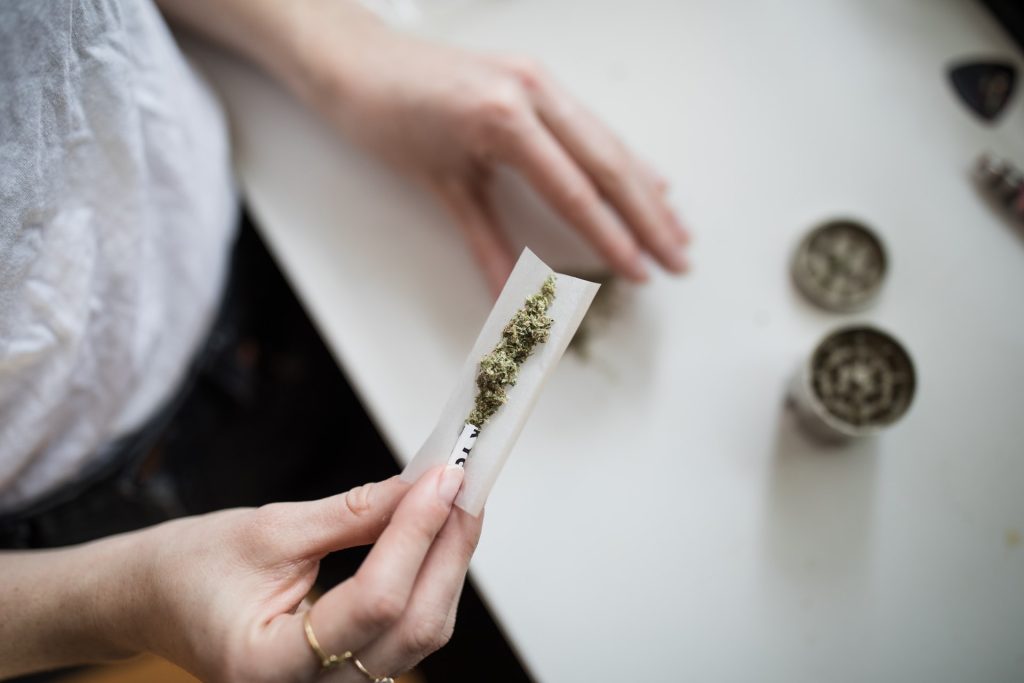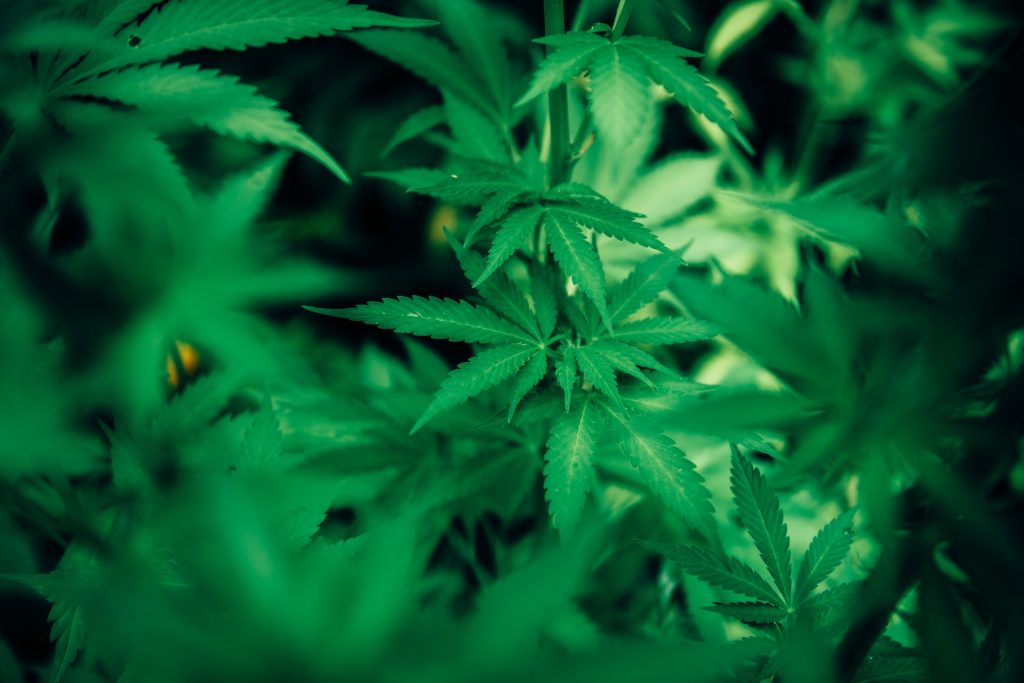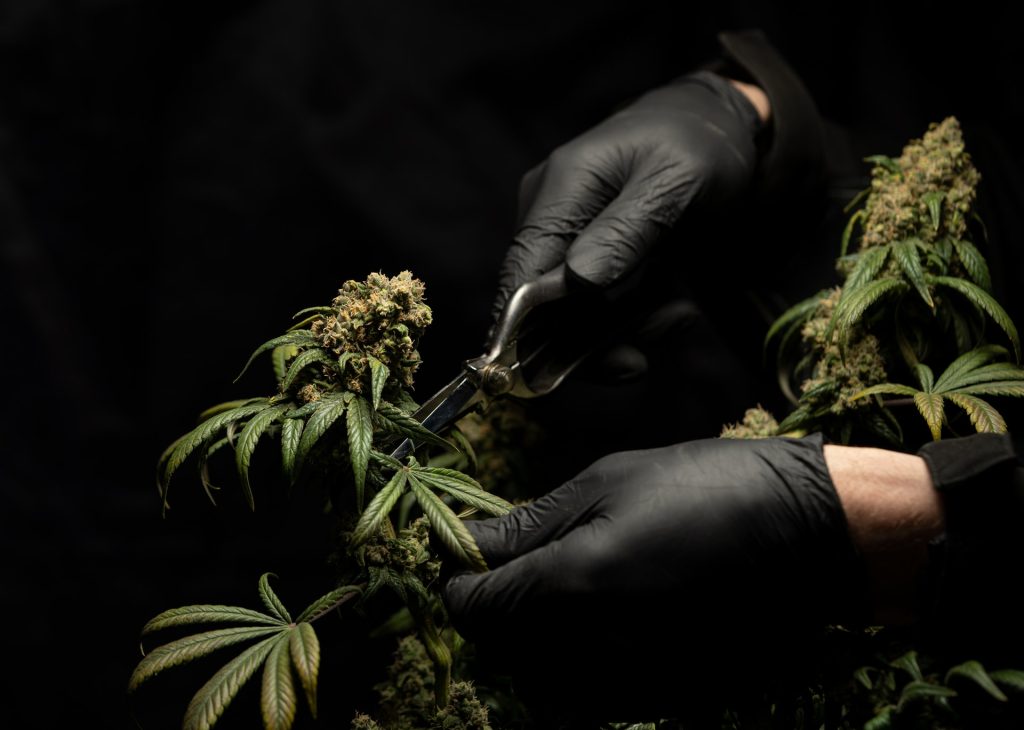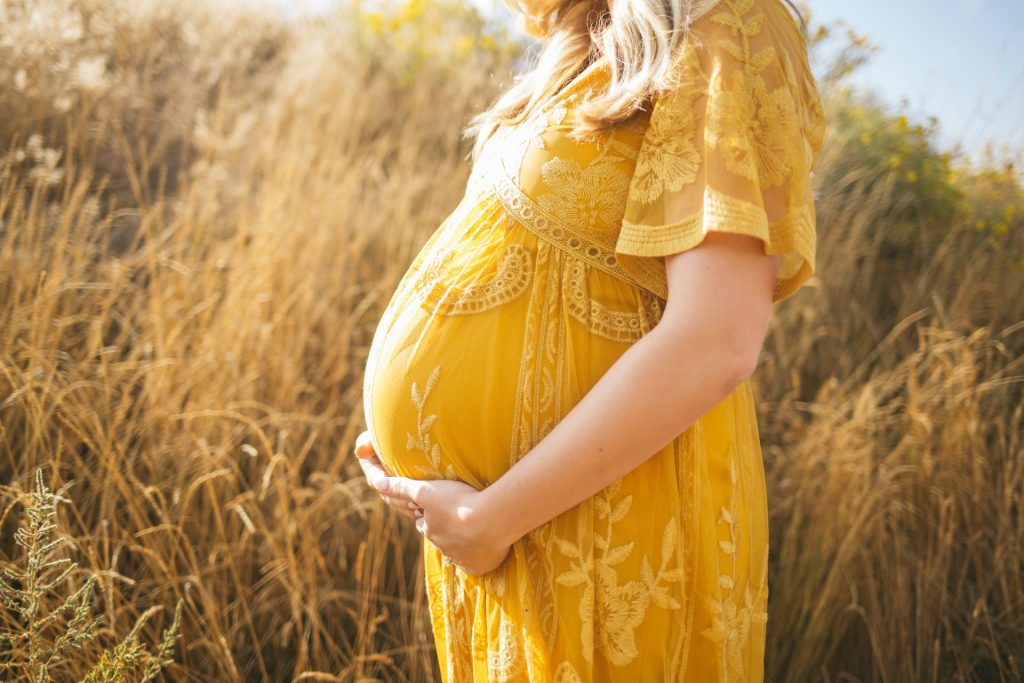Pregnant Women Over 4 Times as Likely to Use Cannabis if it is Legal

US scientists conducting a nationwide study found that pregnant women living in states where cannabis is legally available are far more likely to use the substance, prompting a call for pregnant women to be screened for the drug.
Published in The American Journal of Drug and Alcohol Abuse, the findings show that pregnant women were around 4.6 times more likely to report using cannabis in states where it is legal for medical and recreational purposes, compared to where only CBD oil is allowed.
A large proportion of women reported using the drug for medical purposes, which is in keeping with “a growing body of evidence” that suggests in order to alleviate pregnancy symptoms cannabis is being used as a substitute for medical drugs in legalised areas.
“Therefore it is increasingly important to evaluate the risk-benefit profile of cannabis as compared to other medical treatments to understand any potential therapeutic indications for cannabis use in pregnancy,” says lead author Kathak Vachhani.
The team is calling for prenatal and primary care providers to screen and counsel patients regarding cannabis use in pregnancy, particularly in states where it is legal, for the potential effects on foetal development.
They also state public messaging “around the risks” of cannabis in pregnancy is “particularly relevant now,” as many states have recently implemented cannabis laws and established cannabis markets.
The legalisation of cannabis products has increased exponentially in the last decade in the United States. The legalisation has been piecemeal, as some states allow CBD oil, or marijuana for medical or recreational purposes. Use of these products has risen among all demographics.
Among the least studied are pregnant women. Because cannabis has been known to be used to treat some symptoms associated with pregnancy—notably nausea and vomiting.
Here, the team used data from the Behavioral Risk Factor Surveillance System compiled by the Centers for Disease Control and Prevention (CDC) between 2017 to 2020 to analyse the consumption of cannabis by 1,992 pregnant women.
While previous studies have examined the use of cannabis by pregnant women in restricted geographic areas and under particular legislative parameters, this study used a broader dataset to compare use across legalisation frameworks in 27 states.
Self-reported use was found to be “significantly higher” in pregnant women residing in states that allow medical and adult use, compared to those residing in states with restricted use.
“The unweighted dataset consisted of 426 CBD-only, 1114 medical, and 394 reactional group respondents,” the authors wrote claim. Weights were applied to each datapoint to obtain the population they represented. Of this weighted data, 2.4% from CBD-only regions reported cannabis use, while 7.1% from medical regions and 6.9% from adult-use regions reported the same. Respondents from the medical and recreational areas were 4.5 and 4.7 times more likely to use cannabis than those in CBD-only areas.
Most respondents who reported cannabis use smoked it partially or mostly for recreational purposes. “Mode of intake and reason for consumption did not differ between state groups,” the authors observe.
But what impact is this having on the mother or the foetus?
Previous studies have shown that medical cannabis usage during pregnancy can be effective for nausea and vomiting. Medical cannabis may be suitable to treat pregnancy-specific conditions which, if untreated, could be more harmful to the foetus than cannabis.
However, safe usage depends on having a comprehensive understanding of the benefits and risks of cannabis when weighed against the risks of untreated or refractory conditions such as hyperemesis gravidarum.
Therefore, more research is needed, states Vachhani, who is also from the University of Toronto Temerty Faculty of Medicine.
“Cannabis is a complex substance and its use is further complicated by factors such as the form of intake and frequency of use.
“From the mother’s health standpoint, our current understanding is rudimentary regarding the complex interplay between use (whether CBD or THC-based) and long-term health outcomes for the mother.
“There is currently no accepted therapeutic indication or safe amount of cannabis that may be consumed during pregnancy.
“Although further studies may lead to an accepted therapeutic indication, based on the current consensus the positive association between cannabis use and legalisation found in our study warrants further inquiry.”
The analysis carried out here was limited by a relatively small sample size, a lack of information regarding timing of use in pregnancy, lack of information about the chemical composition of cannabis consumed, and the potential for self-reporting biases.
Source: Taylor & Francis







